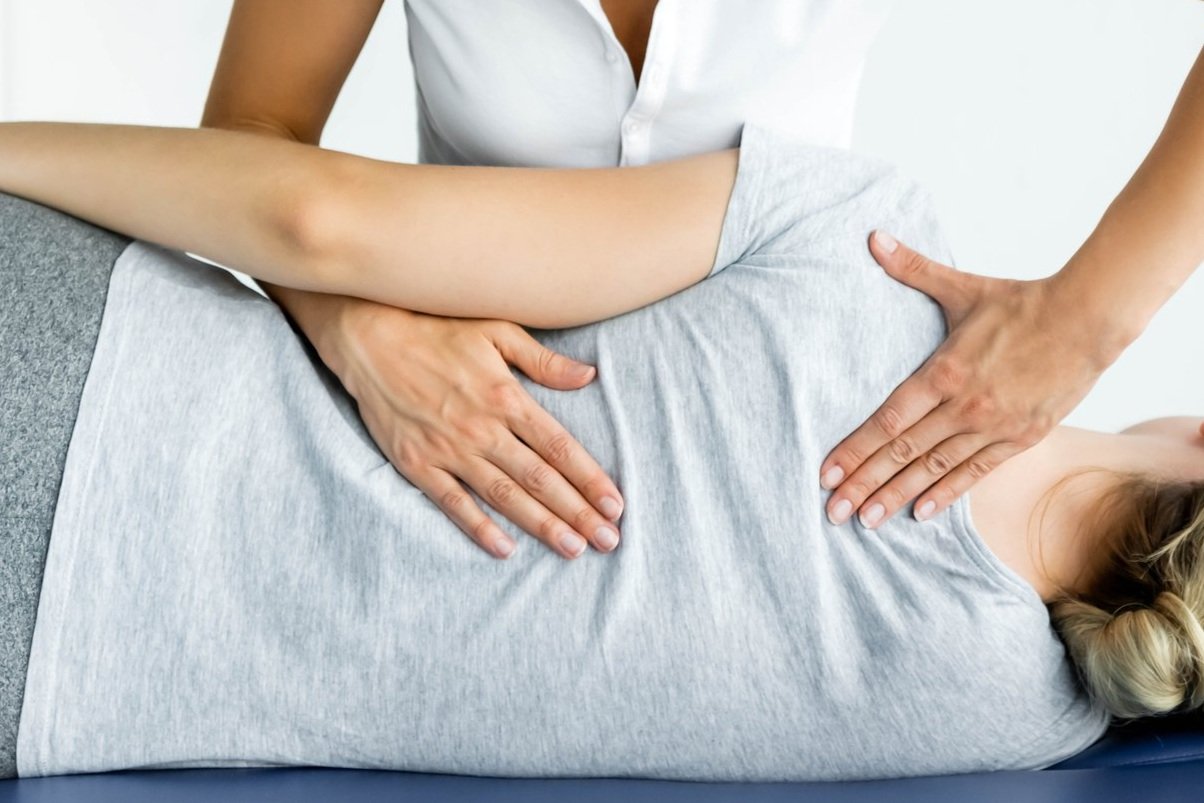1:1 Somatics
Bookings may be done via scheduler
1-1 Clinical Sessions can be booked via the scheduler online.
Payment may be given by cheque, cash or e-transfer and will be confirmation of your space.
Masks are at the discretion of each individual for their personal comfort level.
Clinical Somatic Education (CSE) was developed by Thomas Hanna who combined his expertise in philosophy, movement education and neurophysiology to create a system of movement re-education in which people are taught to reverse the habituated effects of stress on the muscular system and movement.
His studies in neurophysiology taught him about brain reflexes that are evident in all vertebrate beings. He also realized how the brain has a key role in creating muscular patterns of contraction. He coined the term "somatics" in 1976 to refer to the discipline of movement reeducation that supports interoceptive awareness of one's body.
In really simple terms, Clinical Somatic Education highlights areas of your body with chronic muscle tension and/or pain, and teaches you how to get out of that muscular holding pattern so that you and your nervous system feel better. These areas of contraction have gone "off-line" with the brain, so we are on "auto-pilot" which is referred to as Sensory Motor Amnesia. CSE teaches you how to release these contractions, and learn movements to restore more more efficient patterns of moving. You are then given movements to support the new patterns while increasing your awareness of how you are moving through your life.
Benefits of CSE can include better posture, reduction or elimination of pain, more energy, less effort, more resiliency to stress, better sleep and more.

1-1 session
CLINICAL SOMATIC EDUCATION
| In-Person or Zoom Option
Creating a ToolBox for Full Movement Potential
$130 Clinical Assessment & Lesson
$100 Single Follow Up Clinical Lesson
$100 Somatic Movement Coaching 1-1
plus HST
1-1 session
CLINICAL SOMATIC EDUCATION
| In-Person or Zoom Option
Creating a ToolBox for Full Movement Potential
$115 Assessment & Lesson
$90 Single Follow-Up 1-1 Clinical Session
$90 Somatic Movement 1-1 Coaching
plus HST
*Rates for Somatic Education Sessions will be increasing as of February 1st, 2023
clinical somatic education
-
Private clinical sessions are the most effective way to begin to restore muscle function, improve freedom of movement and eliminate your particular pattern of habitual muscular pain. The client is guided through a series of movements that will highlight areas of Sensory Motor Amnesia or muscle dysfunction. The client is in an active versus passive role in order to facilitate change at the level of the motor cortex. Self-care home exercises will be given following each appointment.
-
We generally suggest that creating conscious change becomes more effective in 4-7 sessions, although each individual is unique in their ability to process and integrate. Follow-up sessions build upon the previous sessions’ education and changes while increasing your selfcare movement repertoire.
Followups consist of a check in, hands-on techniques, and new movement exercises for home practice.
-
If you are wanting to learn somatic basic movements (foundations) and the class schedule doesn’t work for you, this is a way to learn 1-1 with “eyes on you”. If you have experienced clinical sessions or group classes and would like further guidance with your movement repertoire, this 1 hour private session will help you refine or learn.
-
Clinical Somatic Education was developed by Thomas Hanna PhD. and is a movement re-education modality where people are taught to reverse chronic or habituated effects of stress on their muscular system and movement.
-
Pandiculation is the technique used in CSE (Clinical Somatic Education) to regain the brains control of painful, tight muscles.
Pandiculation sends information to the Sensory Motor Cortex of the brain to strengthen the brain to muscle connection. .
A pandiculation in somatic education is when we move into an area of contraction a little deeper than what is already there and then very slowly release that contraction in order to activate the brain/body connection, and work towards a new resting muscle length. We then take time for zero effort as we allow the brain to soak in this new information.
-
Sensory Motor Amnesia (SMA) affects movement quality and freedom by reducing muscle control and function. Basically, we have a blindspot or loss in our ability to SENSE and MOVE our muscles.
Your muscles have 2 functions - they CONTRACT and they RELAX. If you lose voluntary control of those functions.... you are going to have issues with your movement.
You can develop Sensory Motor Amnesia by the following ways: Physical Trauma (a fall/injury etc), Stress (physical and emotional), Repetitive Movements, Lack of Movement.
-
No. It is for anyone wants to move more efficiently and with ease. Whether you are struggling with a sore knee/hip that has you shifting your body weight to minimize pain, or are an elite athlete that wants to move with the least amount of effort — Clinical Somatic Education can teach you to keep all of your movements under "voluntary" control.
